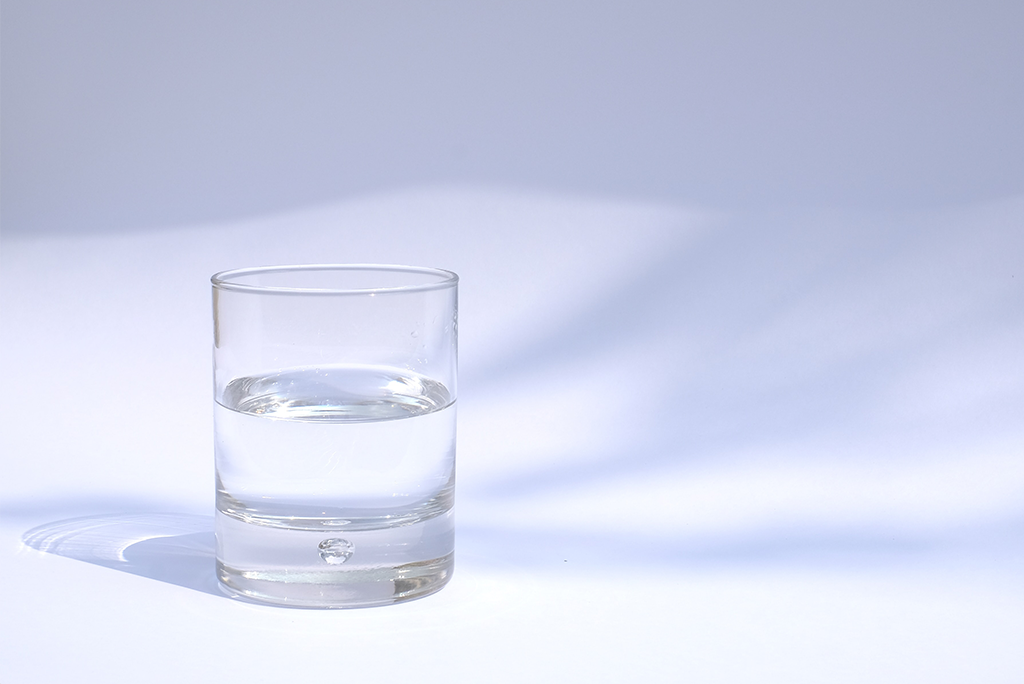
The global water crisis is causing problems worldwide. The United Nations estimates that 2.1 billion people do not have access to safe drinking water in their homes. This is relevant because those with access to clean water have a higher chance of leaving poverty, resisting disease, and seeking an education. The water crisis has severe implications that can limit health and economic prosperity.
Furthermore, scientists predict that droughts will become more frequent and severe in the upcoming century in the face of climate change. Increased droughts could spark violent conflicts in water-stressed regions. Fortunately, researchers are working toward solutions that will provide clean drinking water to even the most remote corners of the globe.
Potable Water from Salt Water
Desalination technologies are quickly becoming a necessity in at-risk areas. The most widely used desalination processes use reverse osmosis. Although reverse osmosis is energy efficient, it doesn’t work strongly on water with very high saline contents. Other desalination processes use external heat sources. However, these are not always readily available.
To make desalination viable for widespread use, the technology must become more energy-efficient and less costly. At the same time, it must not require chemicals that could detrimentally affect the environment or human health.
Researchers from a multi-institutional engineering research center based at Rice University called NEWT, Nanotechnology-Enabled Water Treatment, have a solution. They are developing a system that can be utilized in remote and domestic environments. Known as nanophotonics-enabled solar membrane distillation (NESMD), this system works with solar energy and nanoparticles to make saltwater drinkable.
“The integration of photothermal heating capabilities within a water purification membrane for direct, solar-driven desalination opens new opportunities in water purification,” says Menachem Elimelech, NEWT’s lead researcher for membrane processes.
The NESMD system uses a heat source is the membrane itself. Nanoparticles embedded on one side use sunlight to heat the water and operate the desalination process.
“Instead of heating the water before it comes into the module, you heat it on the membrane surface itself. One of the big advantages is that it can be used anywhere because it’s dependent on sunlight,” explains Akshay Deshmukh, a Ph.D. student in Elimelech’s lab at Yale.
This technology is still in its early stages. Potential uses include treating water from fracking and gas extraction operations as well as household water in less developed areas.
Starch and Solar
NEWT is not the only research center exploring water-related applications of solar power. In China, researchers at Dalian University of Technology are looking at another form of solar technology to produce drinking water. The research team is implementing the use of carbon nanosheets made from starch. This material is abundant, inexpensive, renewable, and doesn’t require hazardous materials.
These carbon nanosheets connect the desalination process to solar energy. The nanosheets are fashioned into electrodes for a capacitive deionization (CDI) system, which combines the desalination process with energy storage for maximum energy efficiency. While CDI is not a new field, this research has resulted in improved energy efficiency, cost savings, and safety.
The CDI desalination process occurs in two phases. The first phase consumes energy while the second phase generates energy. Because the energy can be stored and can actually be used to partially power the first phase, it results in huge efficiency gains. Pairing CDI systems with solar panels could facilitate their implementation in areas without electric grids while reducing fuel costs and greenhouse gas emissions.
The system must be refined before being brought to market. However, it’s a promising step toward bringing clean water to vulnerable communities worldwide. Furthermore, the researchers’ holistic approach illustrates the importance of considering energy efficiency, convenience, and safety when designing new technologies.
Drinking Water from Air
Startup Zero Mass Water makes solar panels that use the air to make drinkable water. The panel arrays, known as Source, collect water vapor from sunlight. It is then sterilized, converted into a liquid, and saved in a reservoir.
Source is available in eighteen different countries, from an orphanage in Lebanon to estates in California. Each solar panel is about $2,500 including installation. The panel delivers about two-five liters of water daily, equivalent to ten water bottles.
Zero Mass Water delivers its product to at-risk communities through its relationship with developers, local governments, and nonprofits.
Cody Friesen, a material scientist and CEO at Zero Mass Water, is a former engineering and materials science teacher at Arizona State University. He feels the company is a solution for the world’s water crisis, including poverty-stricken regions such as Morocco, Egypt, and India.
According to Friesen, “Today it takes far less energy (effectively none, since it’s entirely solar-powered) to create drinking water with Source than any other mechanism.”
What technologies do you think are most promising for combating the global water crisis?
What’s Next
The global demand for greener power sources and alternative fuels has helped spur environmentally friendly smart grid technology. Smart grid is able to stimulate stagnant economies by changing the way power is delivered to electricity consumers around the world.
Get your team up-to-date quickly on the latest smart grid technologies with Modernizing the Smart Grid, a four-course program from IEEE. Courses include:
- Strong Grid Before Smart Grid
- Smart Distribution Systems
- The Digitized Grid
- Engaging Consumers in the Smart Grid Marketplace
Click here to learn more about getting access to these courses for your organization.
Resources
Alblaghti, Eva. (6 Feb 2018). Clean water and green energy: Making desalination practical. Yale Environment Review.
Bendix, Alex. (8 Jan 2019). These $2,000 solar panels pull clean drinking water out of the air, and they might be a solution to the global water crisis. Business Insider.
Goode, Lauren. (28 Nov 2017). How Zero Mass is using solar panels to pull drinkable water directly from the air. The Verge.
Weir, William. (23 Mar 2018). Using solar power to bring clean drinking water to remote areas. Yale News.


No comments yet.